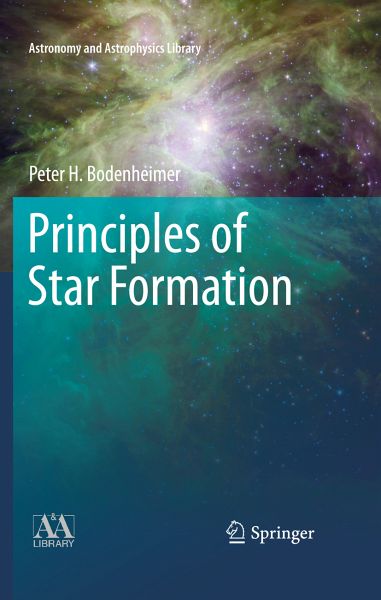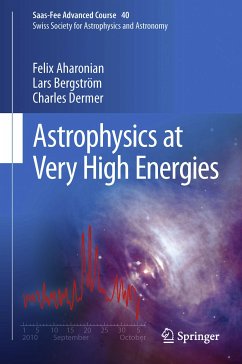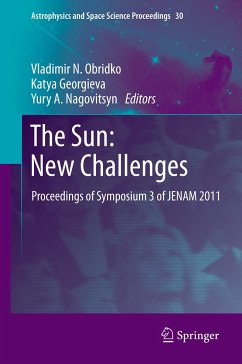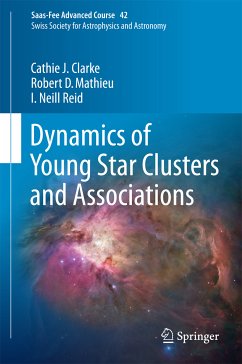
Principles of Star Formation (eBook, PDF)
Versandkostenfrei!
Sofort per Download lieferbar
72,95 €
inkl. MwSt.
Weitere Ausgaben:

PAYBACK Punkte
36 °P sammeln!
Understanding star formation is one of the key fields in present-day astrophysics. This book treats a wide variety of the physical processes involved, as well as the main observational discoveries, with key points being discussed in detail. The current star formation in our galaxy is emphasized, because the most detailed observations are available for this case. The book presents a comparison of the various scenarios for star formation, discusses the basic physics underlying each one, and follows in detail the history of a star from its initial state in the interstellar gas to its becoming a c...
Understanding star formation is one of the key fields in present-day astrophysics. This book treats a wide variety of the physical processes involved, as well as the main observational discoveries, with key points being discussed in detail. The current star formation in our galaxy is emphasized, because the most detailed observations are available for this case. The book presents a comparison of the various scenarios for star formation, discusses the basic physics underlying each one, and follows in detail the history of a star from its initial state in the interstellar gas to its becoming a condensed object in equilibrium. Both theoretical and observational evidence to support the validity of the general evolutionary path are presented, and methods for comparing the two are emphasized. The author is a recognized expert in calculations of the evolution of protostars, the structure and evolution of disks, and stellar evolution in general. This book will be of value to graduate students in astronomy and astrophysics as well as to active researchers in the field.
Dieser Download kann aus rechtlichen Gründen nur mit Rechnungsadresse in A, B, BG, CY, CZ, D, DK, EW, E, FIN, F, GR, HR, H, IRL, I, LT, L, LR, M, NL, PL, P, R, S, SLO, SK ausgeliefert werden.












